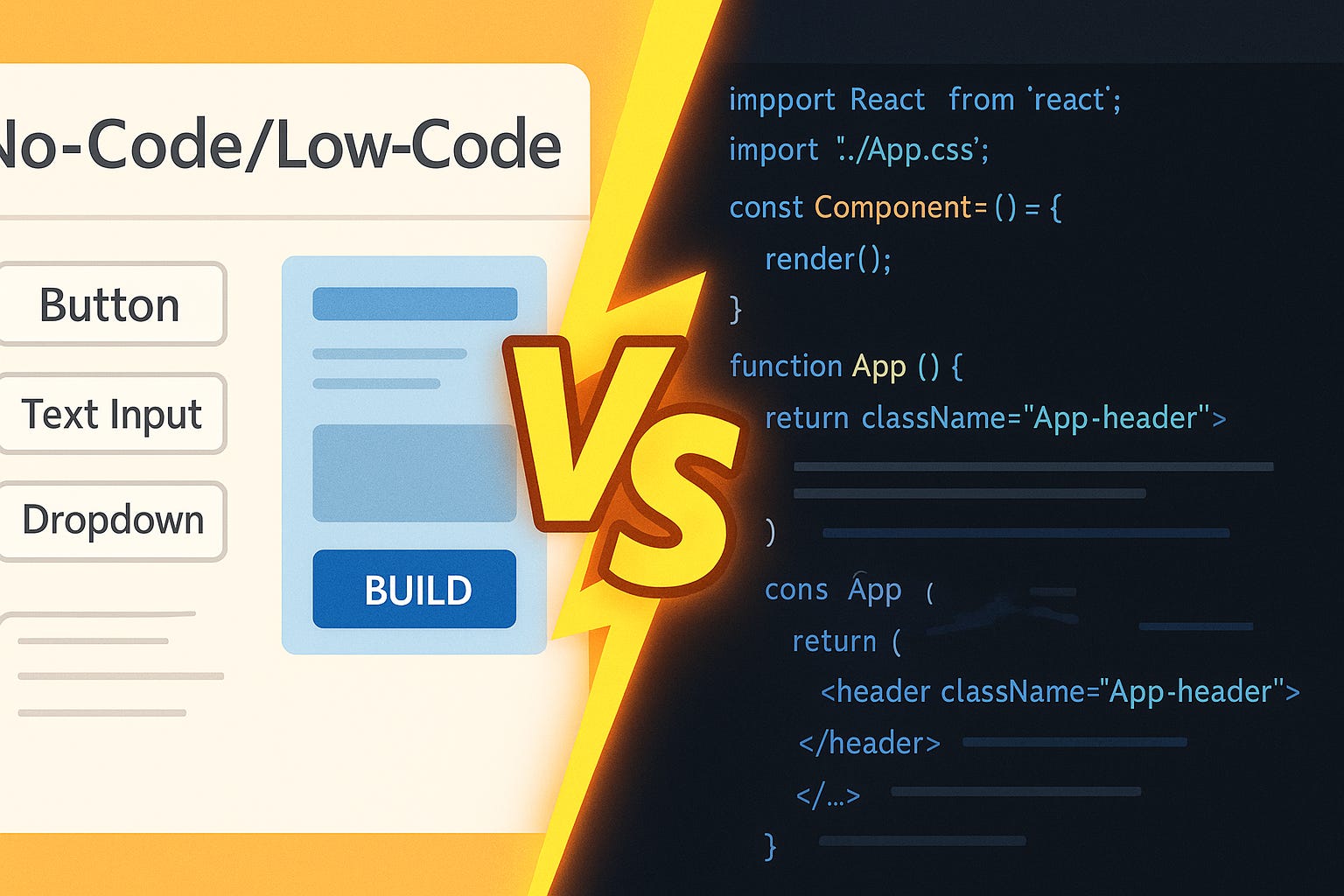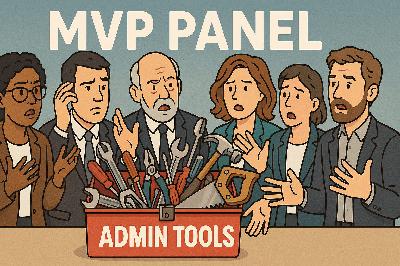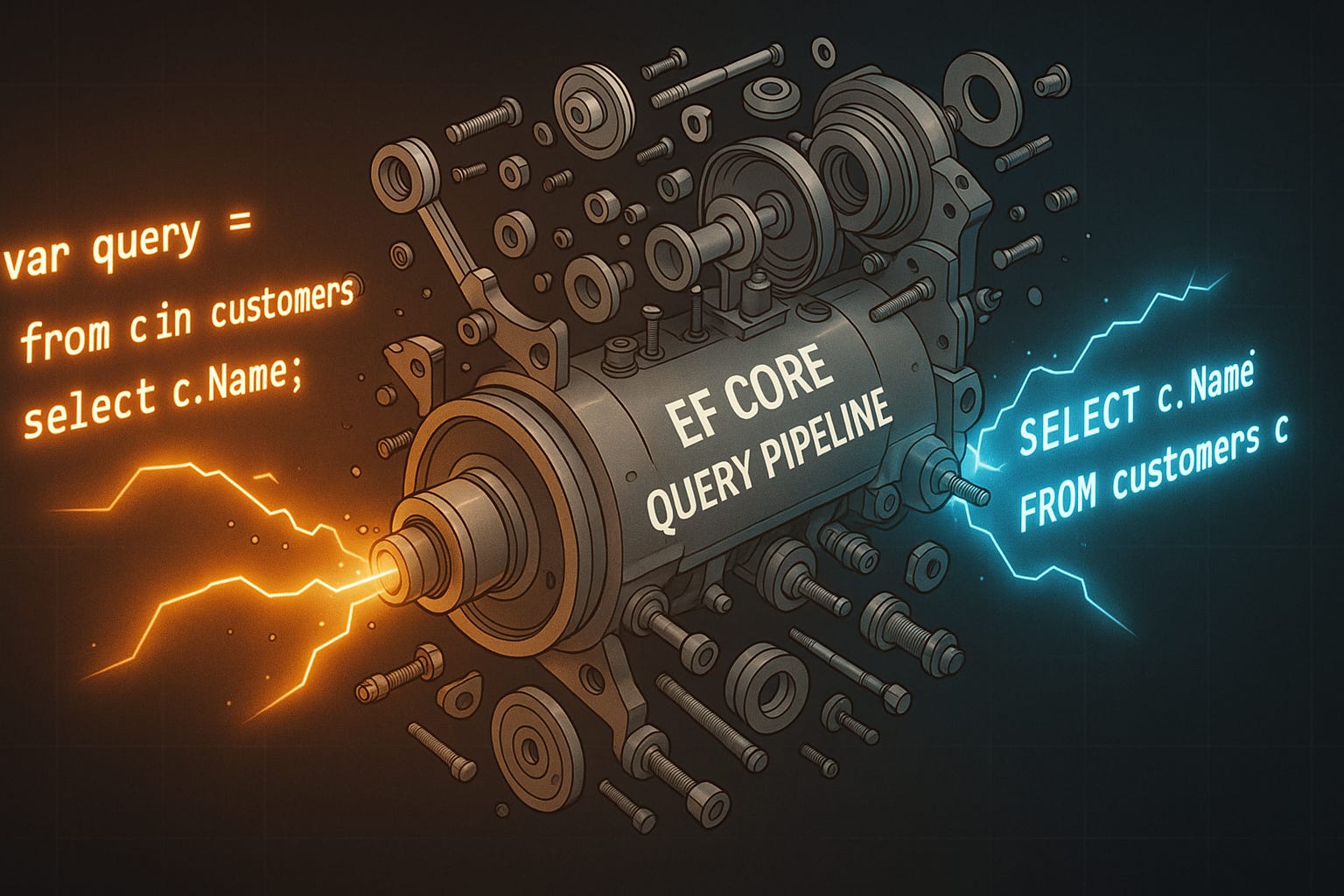No-Code vs. Pro-Code: Security Showdown
Description
If your Power App suddenly exposed sensitive data tomorrow, would you know why it happened—or how to shut it down? No-code feels faster, but hidden governance gaps can quietly stack risks. Pro-code offers more control, but with heavier responsibility. We’ll compare how each model handles security, governance, and operational risk so you can decide which approach makes the most sense for your next project. Here’s the path we’ll follow: first, the tradeoff between speed and risk. Then, the different security models and governance overhead. Finally, how each choice fits different project types. Before we jump in, drop one word in the comments—“security,” “speed,” or “integration.” That’s your top concern, and I’ll be watching to see what comes up most. So, let’s start with the area everyone notices first: the speed of delivery—and what that speed might really cost you.
The Hidden Tradeoff: Speed vs. Security
Everyone in IT has heard the promise of shipping an app fast. No long requirements workshops, no drawn-out coding cycles. Just drag, drop, publish, and suddenly a spreadsheet-based process turns into a working app. On the surface, no-code tools like Power Apps make that dream look effortless. A marketing team can stand up a lightweight lead tracker during lunch. An operations manager can create an approval flow before heading home. Those wins feel great, but here’s the hidden tradeoff: the faster things move, the easier it is to miss what’s happening underneath. Speed comes from skipping the natural pauses that force you to slow down. Traditional development usually requires some form of documentation, testing environments, and release planning. With no-code, many of those checkpoints disappear. That freedom feels efficient—until you realize those steps weren’t just administrative overhead. They acted as guardrails. For instance, many organizations lack a formal review gate for maker-built apps, which means risky connectors can go live without anyone questioning the security impact. One overlooked configuration can quietly open a path to sensitive data. Here’s a common scenario we see in organizations. A regional sales team needs something more dynamic than their weekly Excel reports. Within days, a manager builds a polished dashboard in Power Apps tied to SharePoint and a third-party CRM. The rollout is instant. Adoption spikes. Everyone celebrates. But just a few weeks later, compliance discovers the app replicates European customer data into a U.S. tenant. What looked like agility now raises GDPR concerns. No one planned for a violation. It happened because speed outpaced the checks a slower release cycle would have enforced. Compare that to the rhythm of a pro-code project. Azure-based builds tend to move slower because everything requires configuration. Networking rules, managed identities, layered access controls—all of it has to be lined up before anyone presses “go live.” It can take weeks to progress from dev to staging. On paper, that feels like grinding delays. But the very slowness enforces discipline. Gatekeepers appear automatically: firewall rules must be met, access has to remain least-privileged, and data residency policies are validated. The process itself blocks you from cutting corners. Frustrating sometimes, but it saves you from bigger cleanup later. That’s the real bargain. No-code buys agility, but the cost is accumulated risk. Think about an app that can connect SharePoint data to an external API in minutes. That’s productivity on demand, but it’s also a high-speed path for sensitive data to leave controlled environments without oversight. In custom code, the same connection isn’t automatic. You’d have to configure authentication flows, validate tokens, and enable logging before data moves. Slower, yes, but those steps act as security layers. Speed lowers technical friction—and lowers friction on risky decisions at the same time. The problem is visibility. Most teams don’t notice the risks when their new app works flawlessly. Red flags only surface during audits, or worse, when a regulator asks questions. Every shortcut taken to launch a form, automate a workflow, or display a dashboard has a security equivalent. Skipped steps might not look like trouble today, but they can dictate whether you’re responding to an incident tomorrow. We’ll cover an example policy later that shows how organizations can stop unauthorized data movement before it even starts. That preview matters, because too often people assume this risk is theoretical until they see how easily sensitive information can slip between environments. Mini takeaway: speed can hide skipped checkpoints—know which checkpoints you’re willing to trade for agility. And as we move forward, this leads us to ask an even harder question: when your app does go live, who’s really responsible for keeping it secure?
Security Models: Guardrails vs. Full Control
Security models define how much protection you inherit by default and how much you’re expected to design yourself. In low-code platforms, that usually means working within a shared responsibility model. The vendor manages many of the underlying services that keep the platform operational, while your team is accountable for how apps are built, what data they touch, and which connectors they rely on. It’s a partnership, but one that draws boundaries for you. The upside is peace of mind when you don’t want to manage every technical layer. The downside is running into limits when you need controls the platform didn’t anticipate. Pro-code environments, like traditional Azure builds, sit on the other end of the spectrum. You get full control to implement whatever security architecture your project demands—whether that’s a custom identity system, a tailored logging pipeline, or your own encryption framework. But freedom also means ownership of every choice. There’s no baseline rule stepping in to stop a misconfigured endpoint or a weak password policy. The system is only as strong as the security decisions you actively design and maintain. Think of it like driving. Low-code is similar to leasing a modern car with airbags, lane assist, and stability control already in place. You benefit from safety features even when you don’t think about them. Pro-code development is like building your own car in a workshop. You decide what protection goes in, but you’re also responsible for each bolt, weld, and safety feature. Done well, it could be outstanding. But if you overlook a detail, nothing kicks in automatically to save you. This difference shows up clearly in how platforms prevent risky data connections. Many low-code tools give administrators DLP-style controls. These act as guardrails that block certain connectors from talking to others—for example, stopping customer records from flowing into an unknown storage location. The benefit is that once defined, these global policies apply everywhere. Makers barely notice anything; the blocked action just doesn’t go through. But because the setting is broad, it often lacks nuance. Useful cases can be unintentionally blocked, and the only way around it is to alter the global rule, which can introduce new risks. With custom-coded solutions, none of that enforcement is automatic. If you want to restrict data flows, you need to design the logic yourself. That could include implementing your own egress rules, configuring Azure Firewall, or explicitly coding the conditions under which data can move. You gain fine-grained control, and you can address unique edge cases the platform could never cover. But every safeguard you want has to be built, tested, and maintained. That means more work at the front end and ongoing responsibility to ensure it continues functioning as intended. It’s tempting to argue that pre-baked guardrails are always safer, but things become murky once your needs go beyond common scenarios. A global block that prevents one bad integration might also prevent the one legitimate integration your business critically relies on. At that point, the efficiency of inherited policies starts to feel like a constraint. On the other side, the open flexibility of pro-code environments can feel empowering—until you realize how much sustained discipline is required to keep every safeguard intact as your system evolves. The result is that neither option is a clear winner. Low-code platforms give you protections you didn’t design, consistent across the environment but hard to customize. Pro-code platforms give you control for every layer, but they demand constant attention and upkeep. Each comes with tradeoffs: consistency versus flexibility, inherited safety versus engineered control. Here’s the question worth asking your own team: does your platform give you global guardrails you can’t easily override, or are you expected to craft and maintain every control yourself? That answer tells you not just how your security model works today, but also what kind of operational workload it creates tomorrow. And that naturally sets up the next issue—when something does break, who in your organization actually shoulders the responsibility of managing it?
Governance Burden: Who Owns the Risk?
When people talk about governance, what they’re really pointing to is the question of ownership: who takes on the risk when things inevitably go wrong? That’s where the contrast between managed low-code platforms and full custom builds becomes obvious. In a low-code environment, much of the platform-level maintenance is handled by the vendor. Security patches, infrastructure upkeep, service availability—all of that tends to be managed outside your direct view. For your team, the day-to-day work usually revolves around policy decisions, like which connectors are permissible or how environments are separated. Makers—the business users who build apps—focus almost entirely on functionality. From their perspective, governance feels invisible unle






















